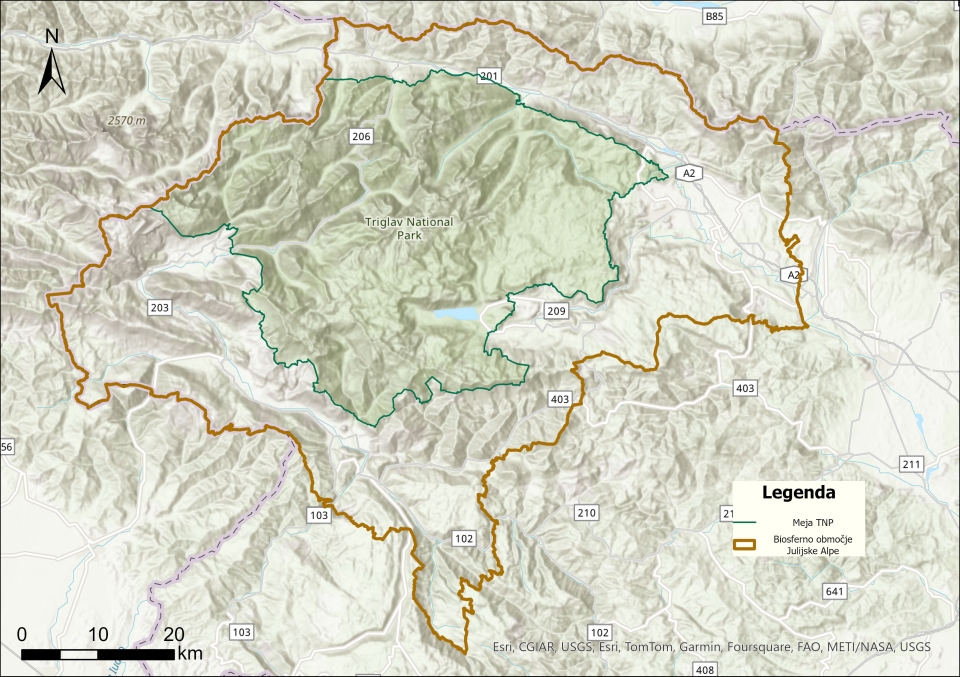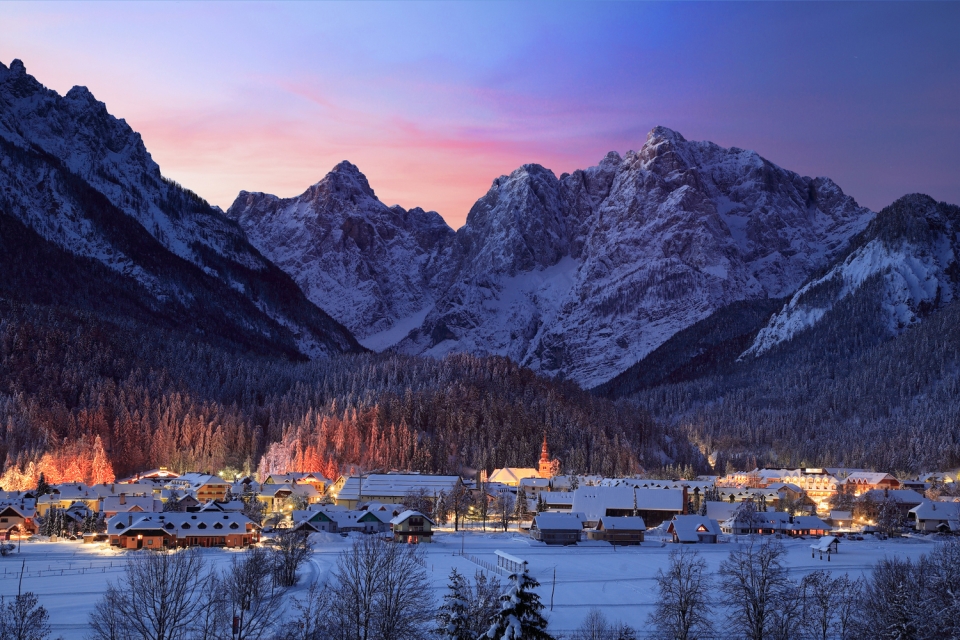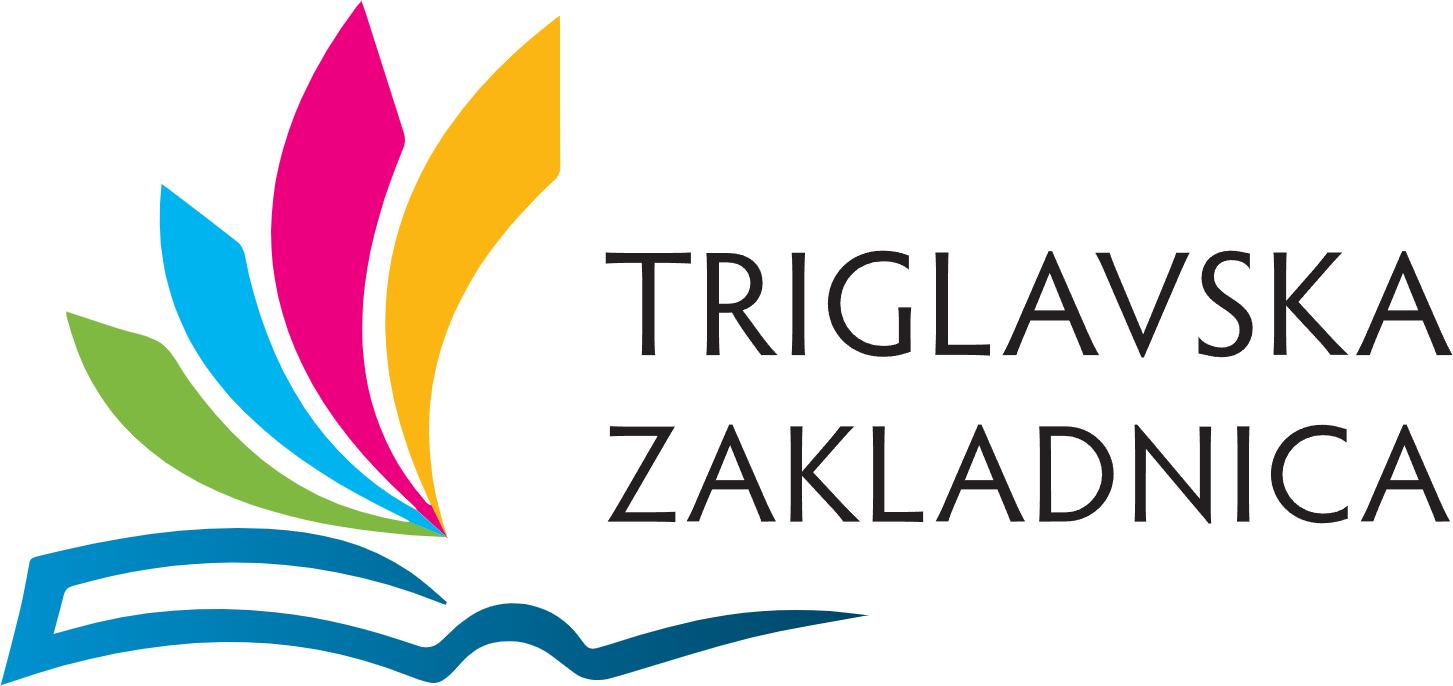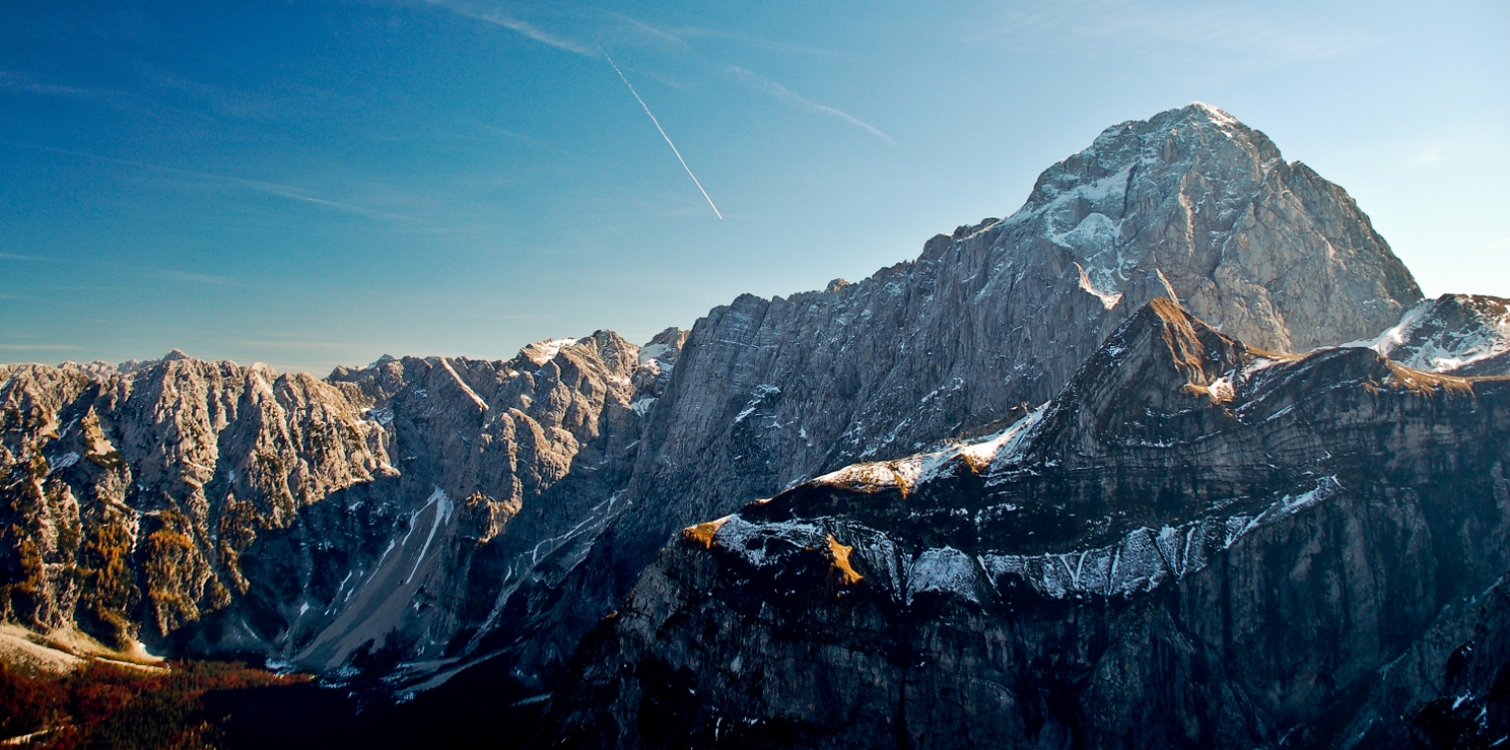They are intended for:
- Conserving ecosystems, landscapes and biodiversity,
- Promoting sustainable economic development with the involvement and participation of the local population,
- Enabling and supporting research, education and awareness-raising.
What makes biosphere reserves special is that they establish a positive relationship and an equal partnership between man and nature. In biosphere reserves, protected nature is not more important than balanced economic development.
UNESCO's recognition provides many opportunities for the people and the country. It offers opportunities for cooperation, networking and exchange of experiences, and global visibility.
The number of designated Biosphere Reserves is changing as new ones are added. Currently, 701 biosphere sites in 124 countries are included in the global network.


Four biosphere reserves have been declared in Slovenia so far:
- Julian Alps Biosphere Area
- Karst Biosphere Reserve
- Kozjansko and Obsotelje Biosphere Reserve
- Mura Biosphere Reserve
DID YOU KNOW?
- UNESCO, the United Nations Educational, Scientific and Cultural Organization, established the Man and the Biosphere Programme (MAB) in 1971. It is an intergovernmental research program that establishes a global network of biosphere reserves.
- The Mura Biosphere Reserve is the only one in the world located in 5 countries: Slovenia, Austria, Hungary, Croatia and Serbia. The basin also covers Slovenia's largest floodplain forest - the Krakov Forest - and is rich in fish species and nesting sites for white-tailed eagles and black storks.
Map of Slovenia's Biosphere Reserves
The cooperation project, Bringing UNESCO Biosphere Areas Closer to People, will contribute to raising the profile of Slovenia's biosphere areas.
Thank you.

